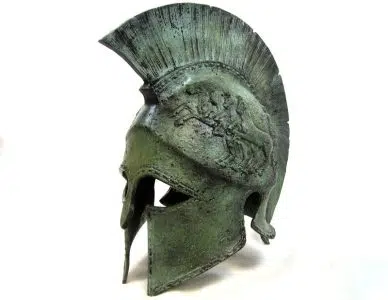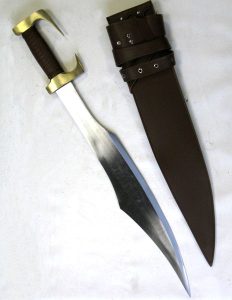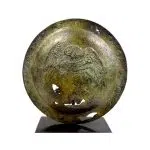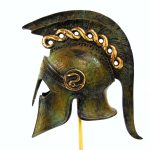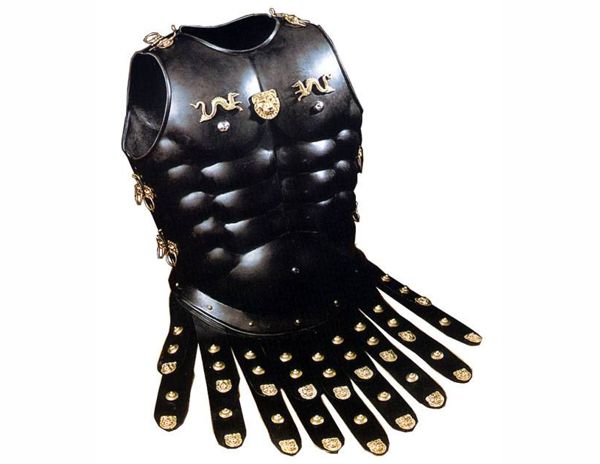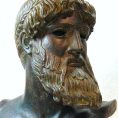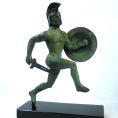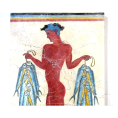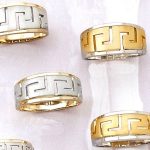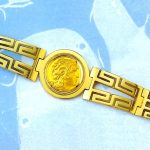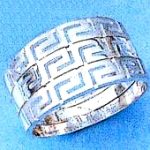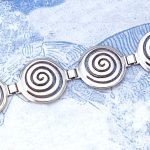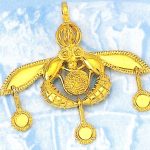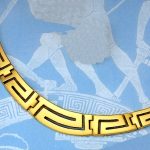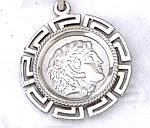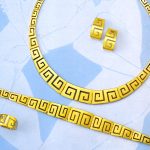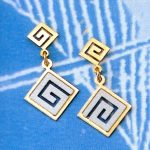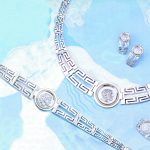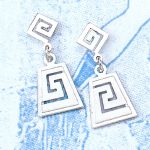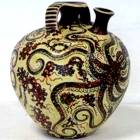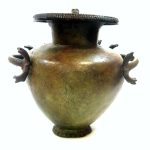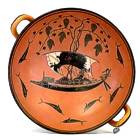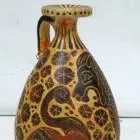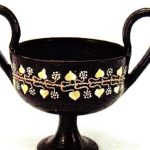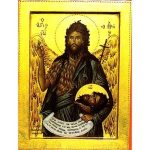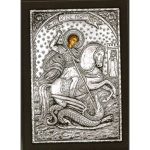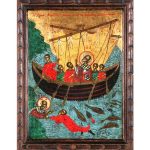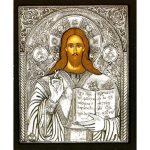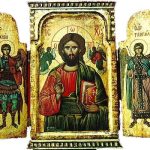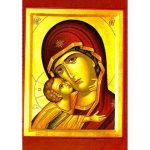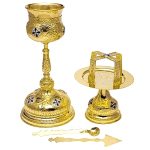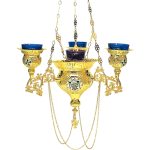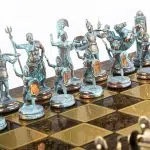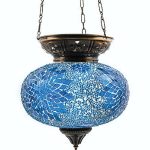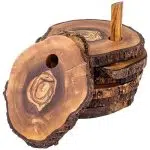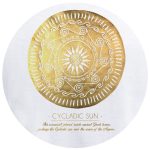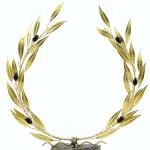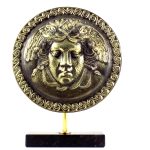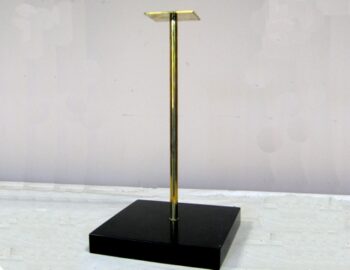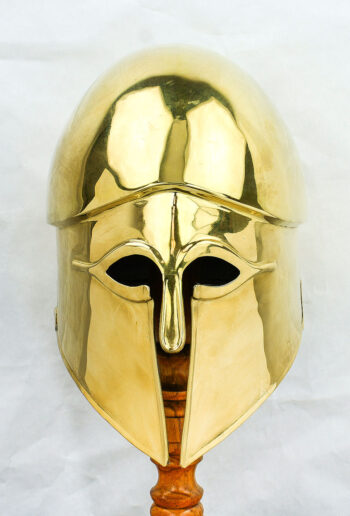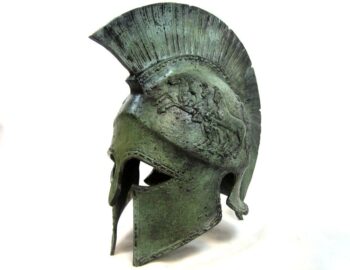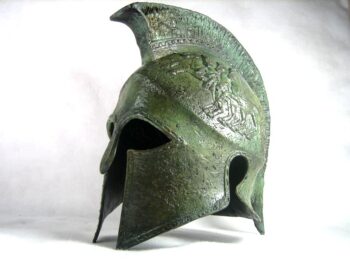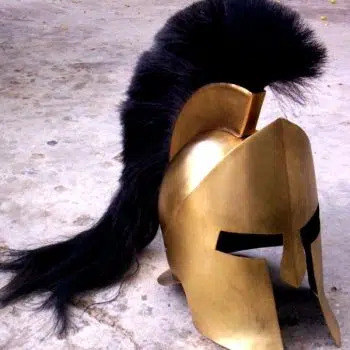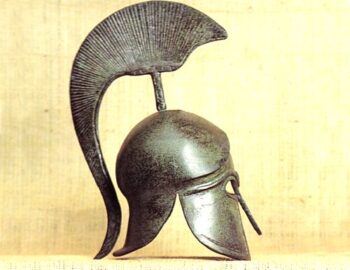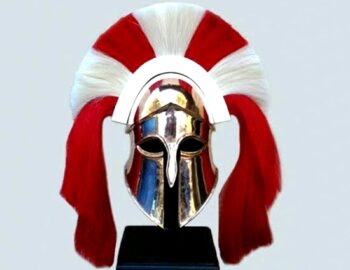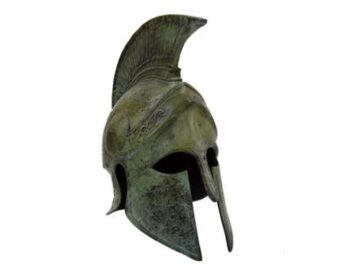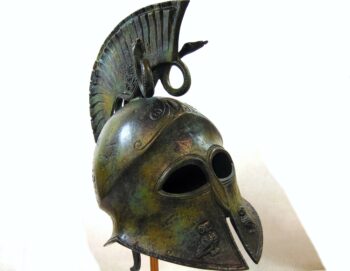This website uses cookies so that we can provide you with the best user experience possible. Cookie information is stored in your browser and performs functions such as recognising you when you return to our website and helping our team to understand which sections of the website you find most interesting and useful.
The Spartan helmets are significant in both ancient Greek military attire history and the history of the city-state itself. The Spartan hoplites were the first who introduced a uniform appearance, probably during the 7th-6th century BC. The characteristic elements of the Spartan army were their helmet, the crimson red color of their clothing and capes, as well as their special headdress in thick curls. The semi-mythical Spartan lawmaker and theosophist Lycurgus believed that the headdress made the handsome men more beautiful and the ugly even more scary. In general, Spartan helmets have been symbols of courage, strength, and loyalty since ancient times, and continue to be so today
Spartan Full Size Helmet
$699.00 – $778.00Spartan Full Size Helmet
$699.00 – $778.00Spartan Full Size Helmet
$249.00 – $328.00Spartan Hoplite Full Size Helmet
$699.00 – $778.00Spartan Phalanx Full Size Helmet
$699.00 – $778.00Spartan Twin Snake Full Size Helmet
$699.00 – $778.00Spartan helmets: Protection and symbolism in warfare
What the Spartans were trying to do with their spartan helmets and attire was to match the appearance of their hoplites with their fearsome reputation. A reputation which was spread throughout the then-known world and was the key element of psychological warfare used by this city-state against its enemies. The formidable array of the Spartan warriors signaled to their opponents the fate that awaited them. Many otherwise brave armies did not stand to fight before this terrifying sight.
However, the Spartan helmets were not only used to intimidate opponents, but also played a vital role in the appearance of Spartan soldiers. Their main function was to provide powerful protection for the head.
Spartan Helmets Through the Ages
Like the rest of ancient Greek armour, the spartan helmets as well have undergone variations and changes throughout the periods they existed. The most popular helmet that Spartan used was the Corinthian one, an invention of the Corinthians as inferred from its name.
The Corinthian helmets were elegant and powerful head protectors, which offered maximum protection for armed warfare. The Spartan hoplites especially do not appear to have used other types of helmets, even though they faced some functional difficulties. For example, the main disadvantage of those head protectors was that they limited the wearer’s hearing and sight. This was also the reason that by the end of the 5th century BC, the soldiers no longer used them on battlefield.
Another popular type of spartan helmets was the Chalcidean. This was essentially a more “open” variation of the Corinthian, in an attempt by the Chalcidians to solve the problem of the limited line of vision and hearing. It is not surprising that there were similarities or borrowing between the Spartan helmets and the military attires of various other Greek city-states. This occurred, since they often formed alliances and fought together against common enemies such as the Persians during certain periods of ancient Greek history.
The great history of the plume of Spartan helmets
The crest of the Spartan helmets was tufted, in order to add height to the hoplite. Until the Persian Wars Spartan hoplites carried the archaic type of the tall plume fixed on a metal stem aligned to the line of sight of the soldier.
The classic plume directly fixed on the helmet was more popular in the 5th and 4th century BC. The Spartan officers distinguished themselves from the transverse plume (ear to ear). This made it easier for them to be seen and recognized by their soldiers during the clash of the battle.
This strategy was so successful that this type of plume on spartan helmets was later adopted by the Etruscan officers, who in turn bequeathed it to the Roman centurions.
After all those information, if you want to pay an attribute to ancient Greek history and have a unique piece to your collection, the greek art shop of Hellenic Art will give you exactly what you are looking for.

